Earlier, I talked about something that really gets me excited- winter gardening! There is nothing that makes me long for the cooler season than the thought of my favorite winter bloomers.
In my first post in this What to Grow In Winter Series we talked about violas. But low and behold, there are many more gorgeous plants besides the trusty viola you can grow this time of year! Camellias, in fact, are one of them.
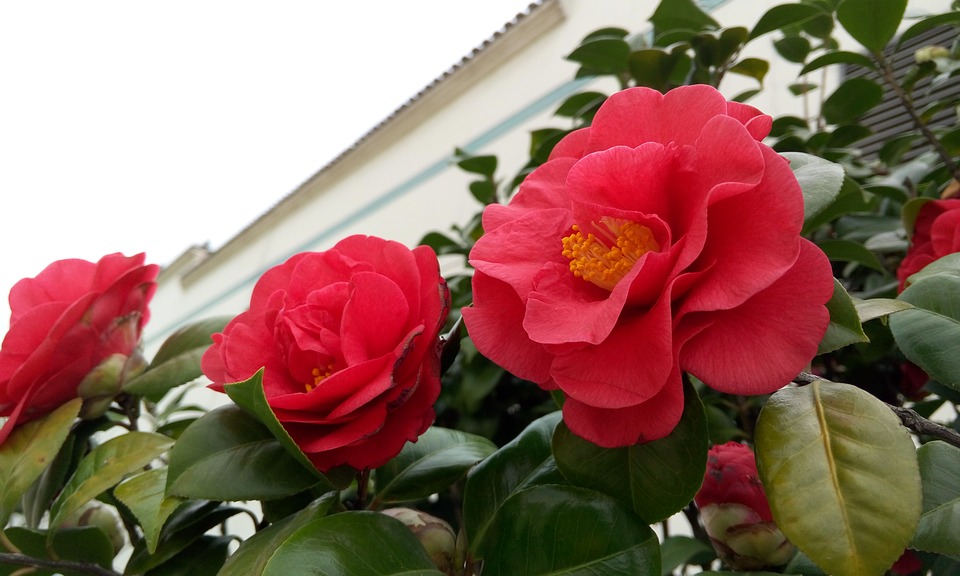
During the winter time, not only do we deal with cold temperatures but a lack of sunshine. Well, interestingly, Camellias love winter, and they love shade. So, they really are perfect for this season.
Besides how much Camellias love winter, another great reason to plant them at home is because of how beautiful and romantic they are. There really is something romantic about Camellias.
Perhaps it's that they favor a rose so much.
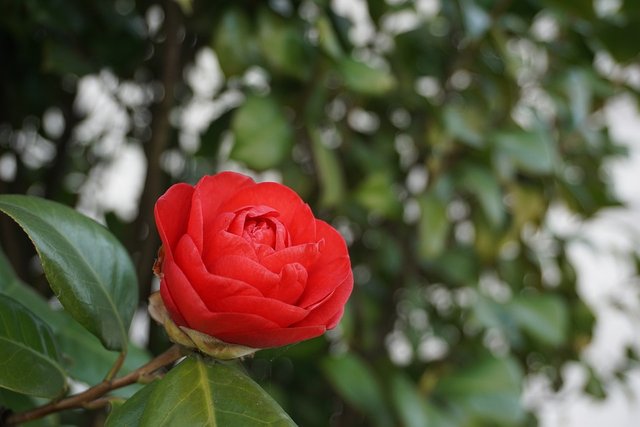
...Especially their buds.
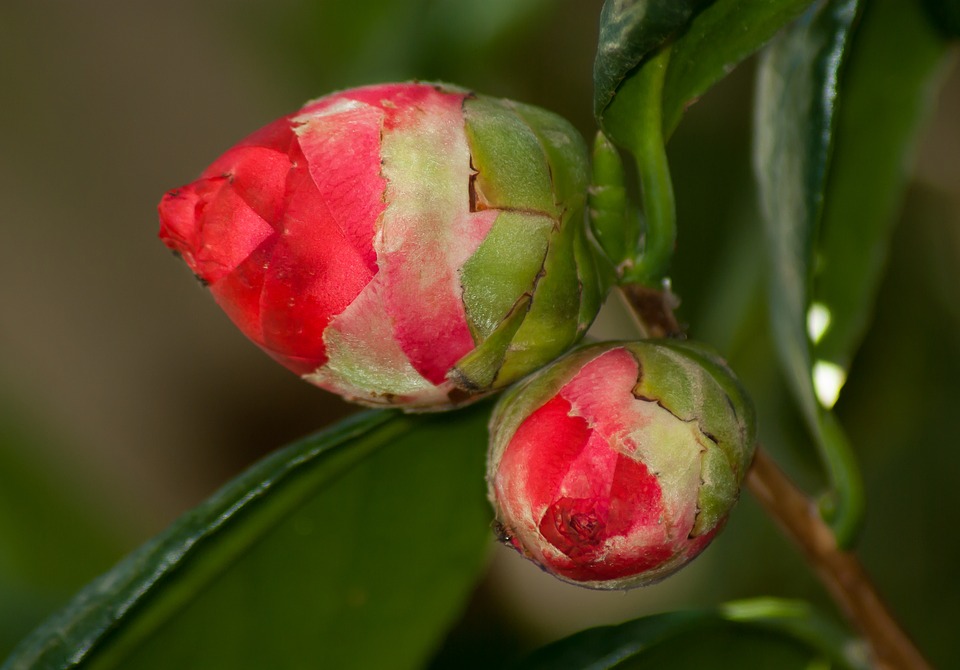
Or, maybe it's how large and showy their blooms are.
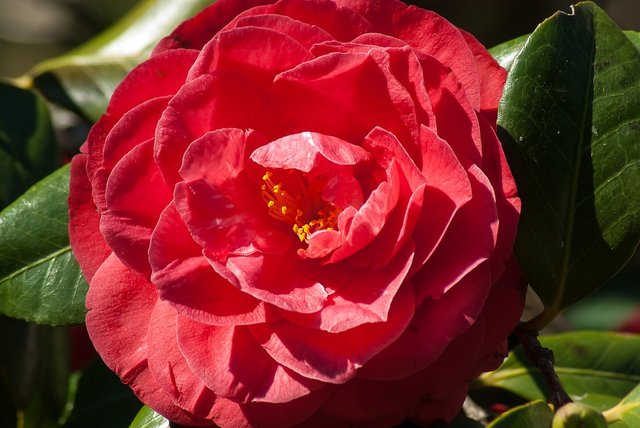
Needless to say, what could be more wonderful than seeing a camellia bush in bloom on a cold, dreary day?
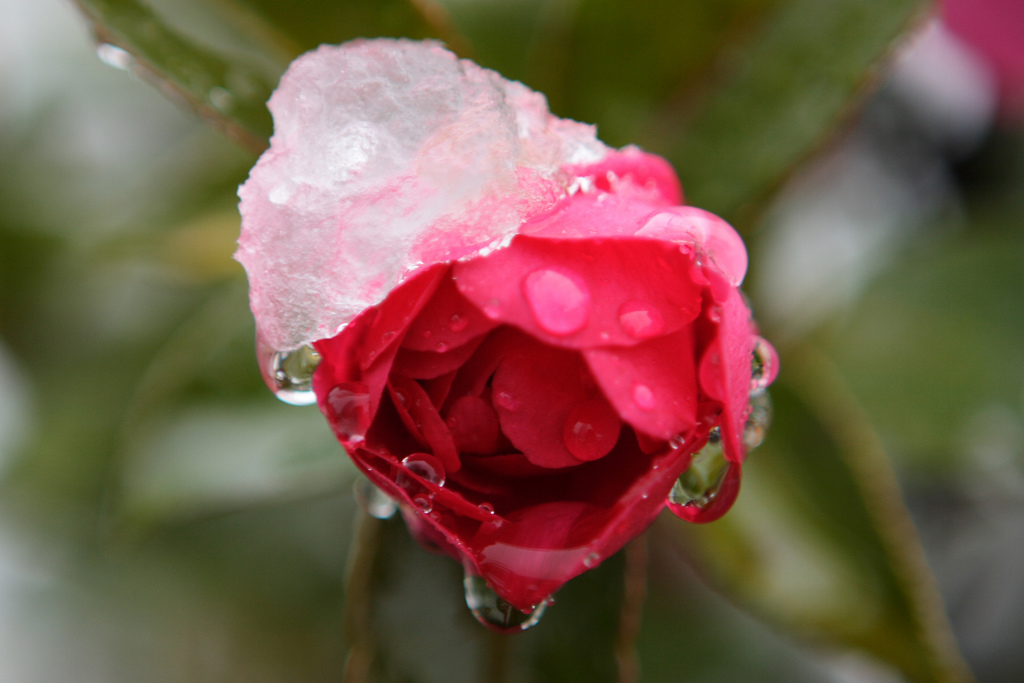
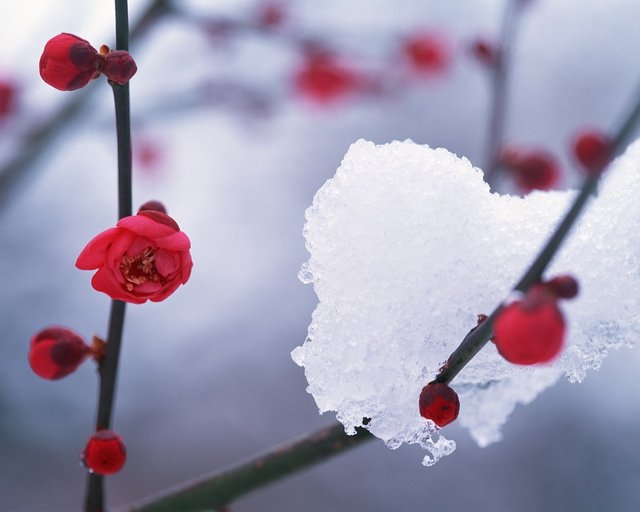
Besides their beauty, another reason to grow Camellias: they attract the birds and bees!
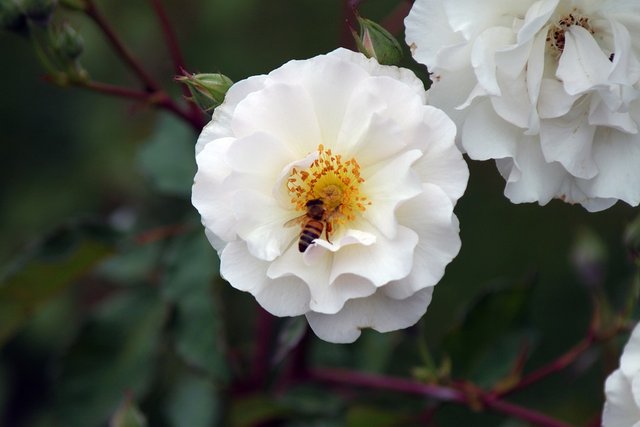
Caring for Camellias
While Camellias do love shade, some cultivars are more adjusted to sunlight than others, meaning not all Camellias should be placed in full shade. Some grow better in partial shade, instead of full shade, so do be mindful of this before planting. If the variety of Camellia you buy is not given the right amount of sunlight, it could reduce it's potential to produce blooms, and you don't want that!
Look out for yellowing leaves. If you see this happening, a slow-release fertilizer can be used to help.
Make sure the soil is well-drained and acidic (pH 6.0 to 6.5).
Keep in mind, some varieties grow faster than others. A faster growing variety is Sasanqua camellia, but if you'd like a slower growing Camellia find a Japanese variety, like Camellia japonica.
While you can plant them in pots, I don't recommend this because they would need to be re-potted about every couple of years.
Plan ahead. Give your Camellia ample space to grow because they spread up to 7-10 feet (depending upon the variety).
I really hope this post has inspired you to "Warm up" to Camellias ;) Remember, you can enjoy their blooms from early autumn to late spring but there's no time like the present because...
Winter is the best time to select and plant camellias!
It may be winter outside (but in my heart it's spring).
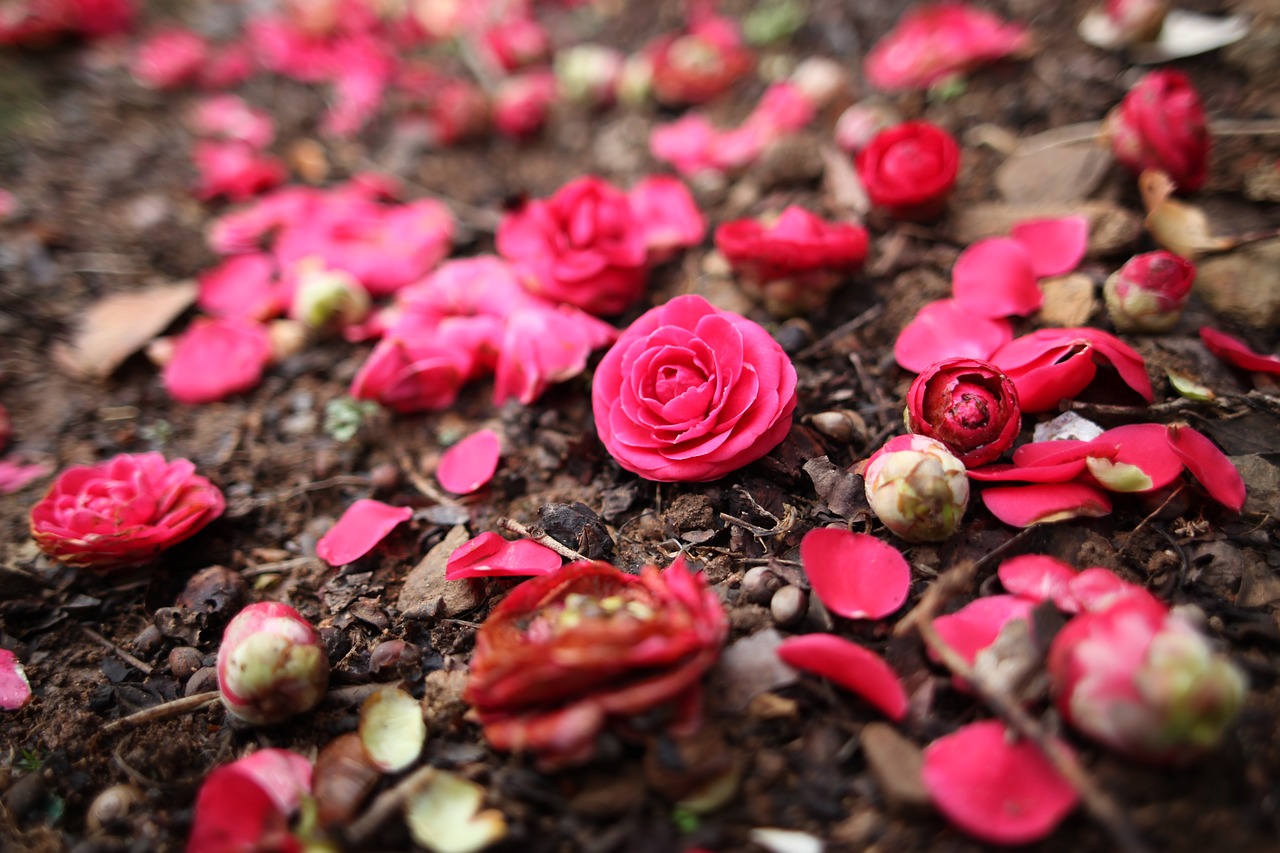
Happy Winter Gardening!
Winter is the best time to select and plant camellias!
It may be winter outside (but in my heart it's spring).

love those last 2 with the bird and bee! great shots
Downvoting a post can decrease pending rewards and make it less visible. Common reasons:
Submit
I like seeing nature interact with each other myself and both birds and bees are really underappreciated, I think.
Downvoting a post can decrease pending rewards and make it less visible. Common reasons:
Submit
Camellias have beautiful leaves and trunks along with well timed flowers. I grow them in pots inside. But one of them got leaf fungus... It slowly eats up leaves from the edges towards the center. I put it under artificial lighting in a place with low humidity and remove infected leaves from time to time.
Have you experienced something like this? Is there any treatment? I did not apply any fungicide yet.
Downvoting a post can decrease pending rewards and make it less visible. Common reasons:
Submit
That's interesting. Are u sure it's a fungus? I know they can suffer fungal problems but perhaps it's suncald. That happens if the leaves are exposed to too much direct sunlight. Does it look anything like this?
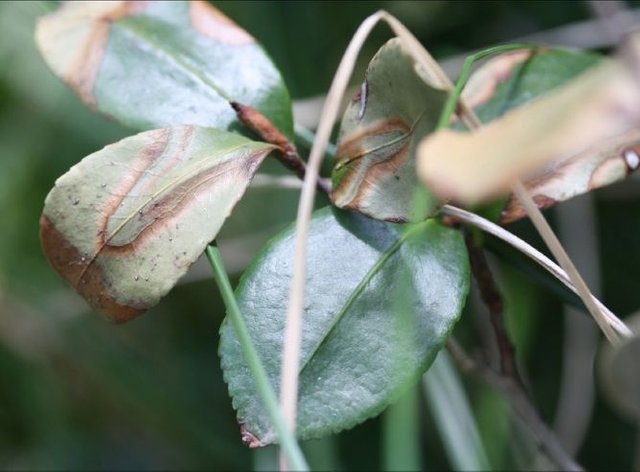
This site http://camelliasaustralia.com.au/cultivation/ongoing-care/pests-and-diseases/ said something pretty interesting:
"Camellias planted in full sun or against a north or westfacing wall often get sunscald. Leaves will develop scorched or bronzed/yellow areas on the side of the plant directly exposed to the sun. Leaf-spotting fungi may infect the damaged leaves. Sunscald is a particular problem on camellias transplanted from shaded to sunny locations."
Downvoting a post can decrease pending rewards and make it less visible. Common reasons:
Submit